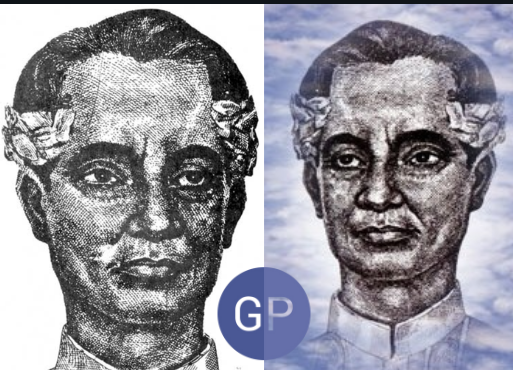
Francisco Balagtas Biography – Francisco Balagtas’s legacy as one of the greatest poets in Philippine history continues to inspire generations. Best known for Florante at Laura, Balagtas’ work is celebrated for its rich storytelling and powerful themes. But who was the man behind these literary masterpieces?
Let’s look into his life, his family, and his incredible journey.
Francisco Balagtas Biography
Who Was Francisco Balagtas?
Francisco Balagtas y de la Cruz, later known as Francisco Baltazar, was a Filipino poet who lived during Spanish rule in the Philippines. His most famous work, Florante at Laura, is considered one of the greatest literary pieces in Philippine history.
Early Life and Education
Born on April 2, 1788, in Panginay, Bigaa, Bulacan (now Balagtas, Bulacan), Francisco was the youngest of four siblings. His parents, Juan Balagtas and Juana de la Cruz, were of humble means. Despite financial struggles, Balagtas pursued education passionately.
At the age of eleven, he moved to Manila and worked as a servant for the Trinidad family in exchange for an education. He attended Colegio de San Jose, where he studied Humanities, Theology, and Philosophy.
Family Background
Francisco’s father, Juan Balagtas, was a blacksmith, while his mother, Juana de la Cruz, took care of their home. His upbringing in a hardworking family instilled in him values that reflected in his writings.
His Journey in Literature
Balagtas’ literary career began when he encountered Jose de la Cruz, also known as Huseng Sisiw, a well-known poet in Manila. Francisco often sought his guidance but was once denied help for not offering a baby chick (sisiw) as payment. This incident pushed him to sharpen his poetry skills, leading to his remarkable success.
His Rivalry with Huseng Sisiw
The rejection from Huseng Sisiw fueled Balagtas’ determination. He vowed to become a better poet without relying on others. Over time, he surpassed his former mentor, becoming one of the most respected writers in the country.
Marriage and Love Life
Francisco Balagtas married Juana Tiambeng, a wealthy woman from Orion, Bataan. Despite their differences in social status, their love thrived. They had 11 children and lived a modest yet meaningful life.
Major Works and Contributions
Balagtas’ most celebrated work, Florante at Laura, is a masterpiece that blends poetry with social commentary. Written in Tagalog, it highlights themes of love, betrayal, and justice.
Other Notable Works:
- Orosmán at Zafira
- Don Nuño at Selinda
- Alaala ng Pag-ibig
Influence on Philippine Literature
Balagtas’ works paved the way for Filipino literature. His use of Tagalog instead of Spanish empowered local writers and helped preserve the Filipino language.
Later Years and Legacy
Despite his literary success, Balagtas faced hardships, including imprisonment due to false accusations. He spent his later years in Orion, Bataan, where he continued writing until his passing on February 20, 1862.
His legacy lives on through the annual Balagtasan, a Filipino poetic debate named in his honor, showcasing the beauty of the Tagalog language.
Interesting Facts About Balagtas
- His surname was originally Balagtas but was changed to Baltazar due to a Spanish decree.
- Florante at Laura was written while he was in prison.
- He worked as an assistant to the justice of peace in Udyong (now Orion, Bataan).
FAQs About Francisco Balagtas
1. Who was Francisco Balagtas’ wife?
Francisco Balagtas married Juana Tiambeng, with whom he had 11 children.
2. What is Francisco Balagtas famous for?
He is best known for Florante at Laura, a literary masterpiece in Philippine literature.
3. Where was Francisco Balagtas born?
He was born in Panginay, Bigaa, Bulacan (now Balagtas, Bulacan), on April 2, 1788.
4. What inspired Francisco Balagtas to write?
His love for nature, life experiences, and social injustices inspired his poetry.
5. Why is Balagtas considered the ‘Father of Filipino Poetry’?
His works played a crucial role in shaping Filipino literature and inspiring future generations of poets.
Conclusion
Francisco Balagtas was more than just a poet; he was a voice for his people. Through his writings, he captured the struggles and triumphs of Filipinos under Spanish rule. His legacy continues to inspire writers, poets, and readers today. His story is a testament to the power of literature in shaping history and culture





